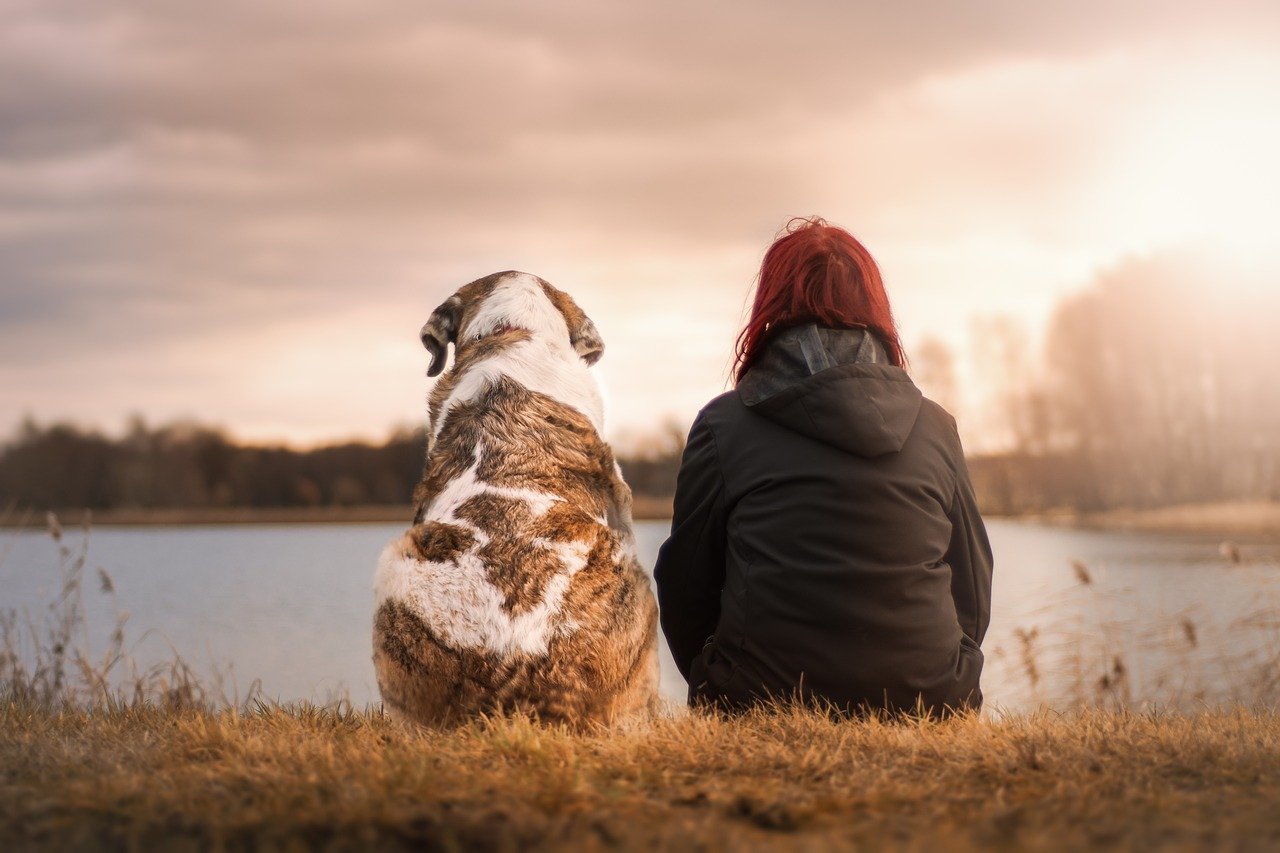
Dog Anal Glands: Problems and Everything You Need to Know
Written By: Tiffany Ruiz Dasilva, VMD, cVMA | Professional Services Veterinarian, Wild Earth
It is safe to say that we all love our dogs, yet still we all probably want to run in the opposite direction when we think of anal glands. What exactly are anal glands and why do dog’s have them? Keep reading to learn more.
Try Wild Earth Dog Food 30% Off Today!What Exactly Are Dog Anal Glands?
If your dog has never had an anal gland-related issue, then you may not be familiar with this particular piece of doggy anatomy.
Dog anal glands, or anal sacs, are two small pockets that sit on both sides of a dog’s anus which produce an extremely foul smelling fluid. In a dog with no anal sac issues, the fluid is released naturally when they have a bowel movement, in order to mark their territory. It can also be released involuntarily when a dog is stressed or scared.
What Happens When a Dog’s Anal Glands Won’t Express?
Some dogs can’t express the fluid in their anal glands as easily. When this happens, fluid builds up in the anal sacs, making them uncomfortable for your dog.
The longer the liquid remains in the anal glands, the thicker it becomes, and as it thickens, dogs have an increasingly difficult time expressing it. The glands can then become inflamed, impacted, infected, or abscessed which can be very painful and lead to further complications, so it is important to recognize the signs associated with anal gland disease in order to seek veterinary care sooner rather than later.
Common signs of anal gland issues include:
- Scooting/dragging their bottom along the floor
- Compulsively licking their rear end
- Straining to defecate
- Anal discharge
- Swelling or redness of anus
As mentioned, if your dog is experiencing these signs, it is important to seek veterinary care immediately, as they may need to have their anal glands manually expressed.
What Causes Anal Gland Problems For Dogs?
So, what exactly causes some dogs to have issues expressing their anal glands?
Obesity or Weight Gain
Dogs who are obese tend to have more bulk around the anus, which reduces the pressure on the anal glands when they defecate.
Breed Predisposition
Another reason your dog might experience an anal gland issue is genetics. Certain dog breeds are more prone to anal gland inflammation or impaction than others.
These breeds can include:
- Toy/miniature poodles
- Chihuahuas
- Lhasa Apso
- Cocker spaniels
- Basset hounds
- Beagles .
While smaller dogs are more prone to anal gland problems, neither age nor gender affects the likelihood of a dog developing inflamed or impacted glands.
Improve Your Dog's Digestive Health With Wild Earth!Diet and Stool Consistency
Unsurprisingly, the quality of the food your dog eats affects their stool, and that, in turn, can affect the anal glands. Dogs who are consuming a low quality diet or a diet low in fiber, may experience softer stools, and this may result in anal gland issues as there is not enough bulk to put pressure on the anal glands while defecating. To minimize anal gland issues, it can help to feed your dog a fiber-rich dog food (such as Wild Earth) . You can also add fiber to their diet with canned pumpkin, for example, or use a fiber rich supplement such as Vetnique Glandex chews or powders. As your dog begins to pass firmer, bulkier stools, it puts pressure on the colon wall. This pressure helps ensure the anal glands are being expressed successfully. As with all dietary changes, speak with your vet before changing your dog’s food or adding in a supplement.
As mentioned, soft stool can cause anal gland fluid to build up in the anal sac, so if your pet experiences a change in stool consistency such as soft stool, diarrhea, or even constipation, this may lead to an anal gland problem.
How to Treat Anal Gland Problems
If a high fiber diet doesn’t work, you should consult with your veterinarian as anal gland problems can range from an impaction to an abscess which can rupture and cause a fistula. Another anal gland disease is anal gland cancer which is common in older, female dogs As with most conditions, early intervention is best, and in most cases, anal sac disease can be treated with manual expression. Antibiotics, steroid ointments, anti-inflammatories, and even surgery may be required for more advanced cases. For anal gland cancer, your vet will likely recommend that you consult with a veterinary oncologist.
Manual expression of the glands should be done by a veterinarian or veterinary technician, as they are the experts and will keep your dog as safe and comfortable as possible. For those dogs with recurring anal sac issues, manual expression may be necessary every 3-4 weeks. If you feel comfortable, your dog’s veterinarian or veterinary technician can teach you how to express your dog’s anal glands at home to reduce the amount of vet visits.
Do You Need to Express Your Dog’s Anal Glands Routinely?
The answer to this question varies from dog to dog. For some dogs, regular expression of their anal glands can prevent future problems. For dogs with no history of anal gland issues, however, it is not recommended. Most groomers routinely express anal glands. So, if you don’t want this done, you need to request it specifically.
Keeping Your Dog Healthy
Dogs’ anal sacs help them mark feces and territory as theirs. But when they can’t adequately express the fluid in the anal glands, it can quickly become a problem. If you suspect your dog has difficulty emptying their anal glands, please consult your veterinarian immediately.




























